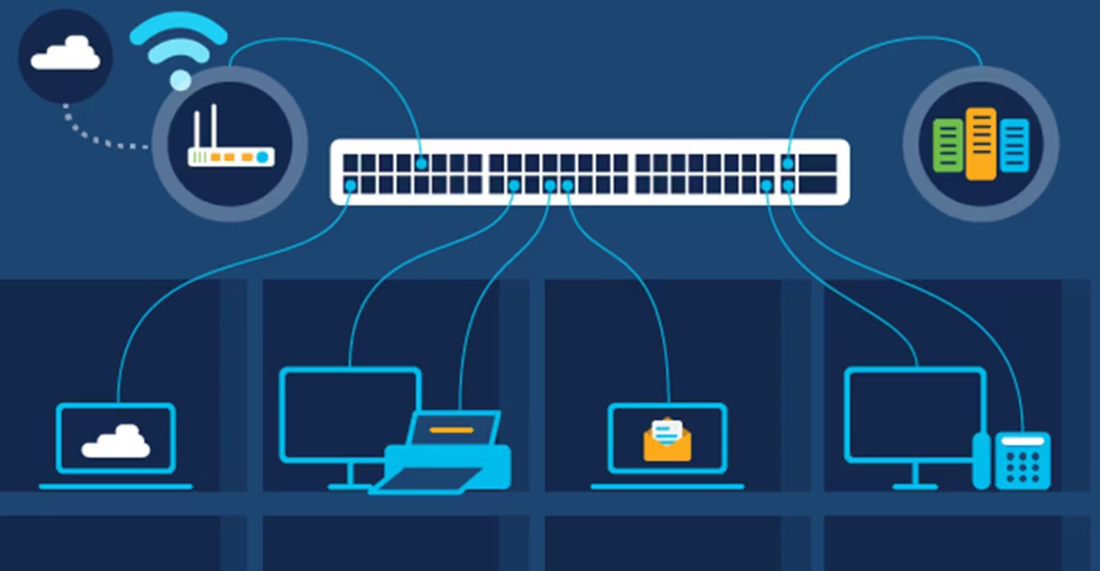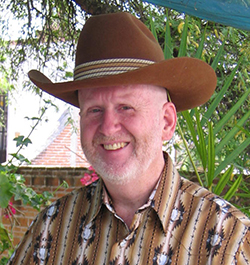
*
December 17, 2023
by Charles Miller
Last week in this space I delved a bit into the history of the “ping” command, created 30 years ago and used for troubleshooting network connections. A fair question to ask is “What networks could you use the ping command to test 30 years ago?” That is a segue into noting yet another important anniversary in the history of computing and the internet also occurred in 2023.
The Ethernet protocol is the communication language that enables computers, servers, tablets, smart phones, and billions of other “connected” devices to communicate amongst themselves. It was all the way back in 1973 that the Ethernet networking protocol we still use today was invented at the Xerox Palo Alto Research Center (PARC) in California. In the fast-changing IT (Information Technology) world you would be hard pressed to find any other core technology that is still being used after a half century.
The engineers at PARC also had a hand in developing one of the first laser printers; Xerox model XPG-1. That first prototype printer, serial number 000001, was so popular that it created a demand to find some way it could be shared with many other computers in the building. The engineers went to work to see what they could do.
Legend has it that electrical engineer Robert Metcalfe sketched his initial idea on a cocktail napkin. The engineers drew some inspiration from ALOHA (Additive Links On-line Hawaii Area) which was a radio communications protocol created at the University of Hawaii. What they came up with was akin to a telephone party line allowing many computers to communicate on one shared line. On the patent filed by Xerox, Robert Metcalfe, David Boggs, Chuck Thacker, and Butler Lampson were listed as the inventors.
The brilliance of that new communications protocol is its simplicity. It works like a big telephone party line in that anyone can join or leave the conversation any time without disconnecting the others. If two parties start talking at the same time, everyone takes turns. The latter is handled by a scheme known as CSMA/CD (Carrier-Sense Multiple Access with Collision Detection) that governs how computers share the party line.
At first that prototype Xerox model XPG-1 printer was connected to several computers within the office using bulky coaxial cables carrying the Ethernet connection. The protocol was designed to not be limited to just that, and over the decades to come Ethernet was used to communicate using smaller cables, telephone lines, fiber optic, microwave, laser, and others. Years later when Wi-Fi and cell phones were invented, Ethernet worked with those new technologies as well.
From the beginning the far-sighted engineers realized their invention had almost unlimited potential, far beyond connecting that printer, so they named it Ether. The dictionary defines the word as "The regions of space beyond the Earth's atmosphere; the heavens." Most appropriate because the Ethernet has already connected the International Space Station to those of us still earthbound.
**************

Charles Miller is a freelance computer consultant with decades of IT experience and a Texan with a lifetime love for Mexico. The opinions expressed are his own. He may be contacted at 415-101-8528 or email FAQ8 (at) SMAguru.com.
**************
*****
Please contribute to Lokkal,
SMA's online collective:
 ***
***
Discover Lokkal:
Watch the two-minute video below.
Then, just below that, scroll down SMA's Community Wall.
Mission

Visit SMA's Social Network
Contact / Contactar

